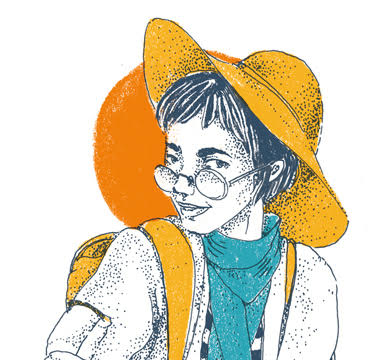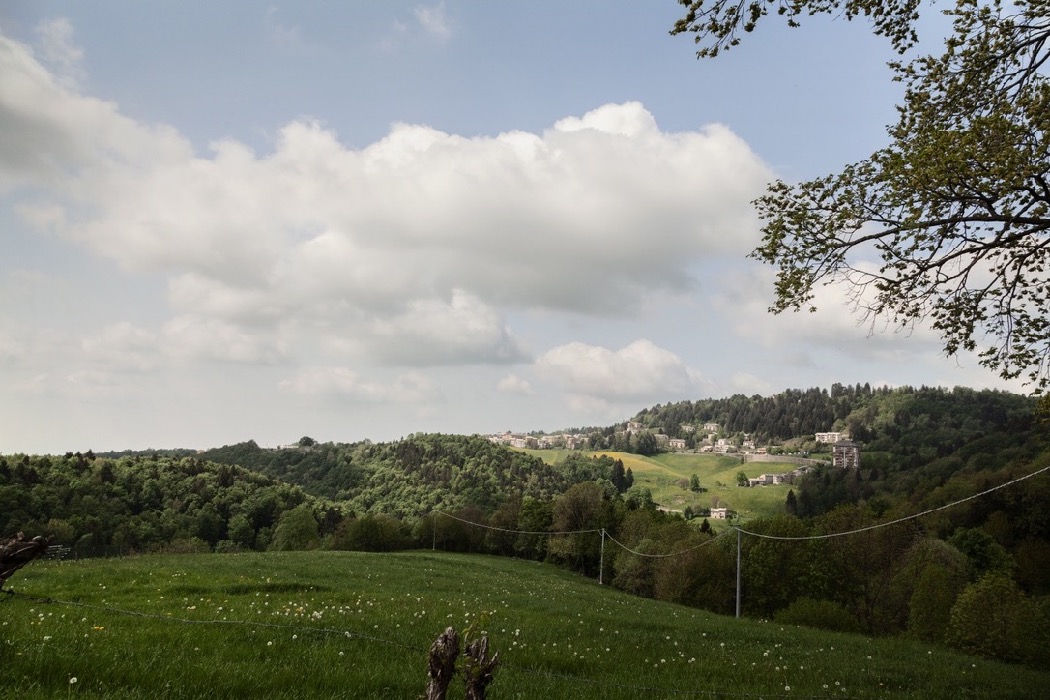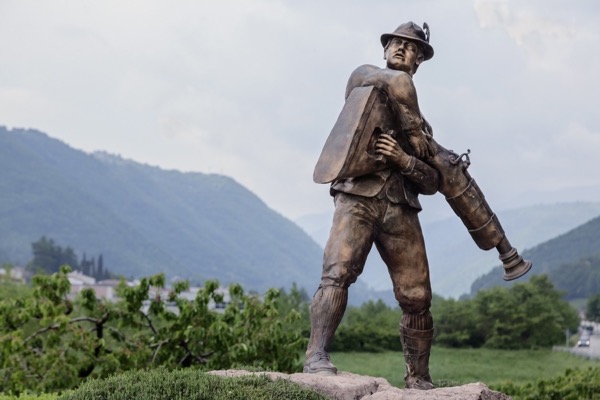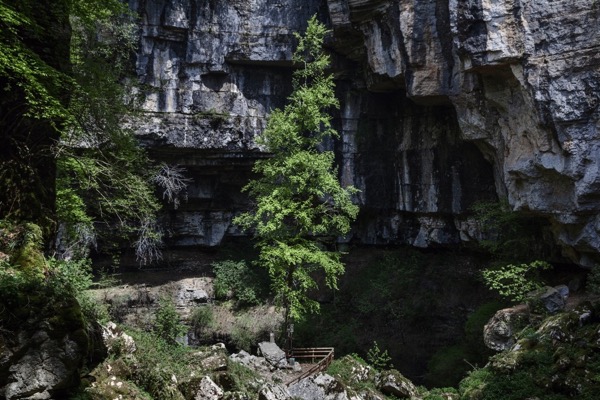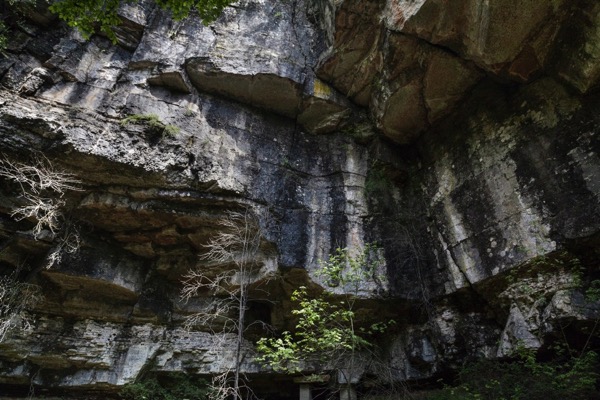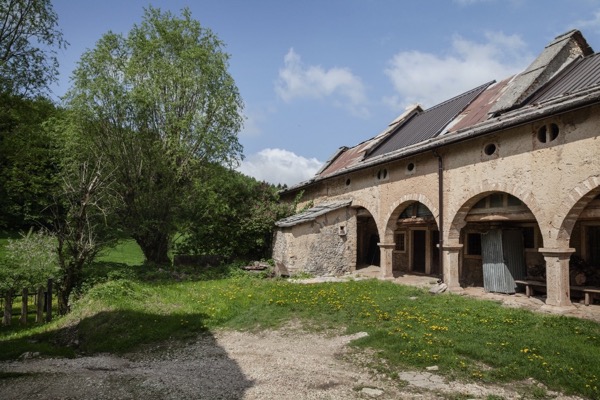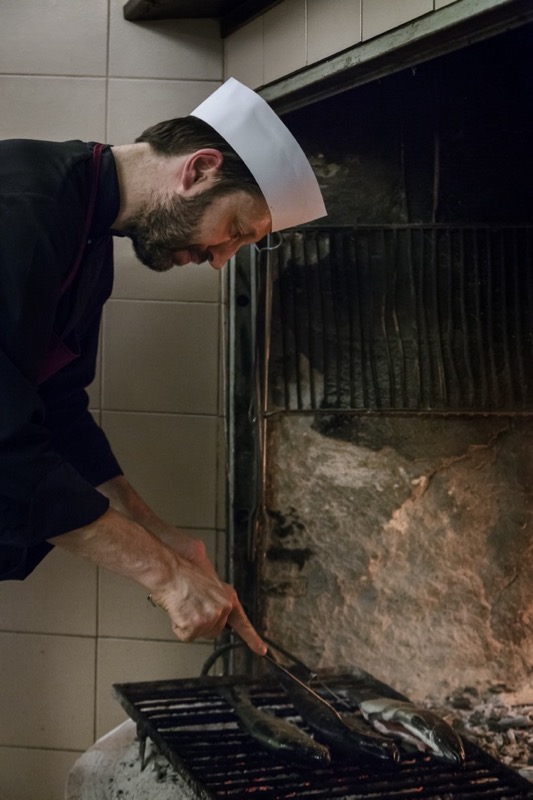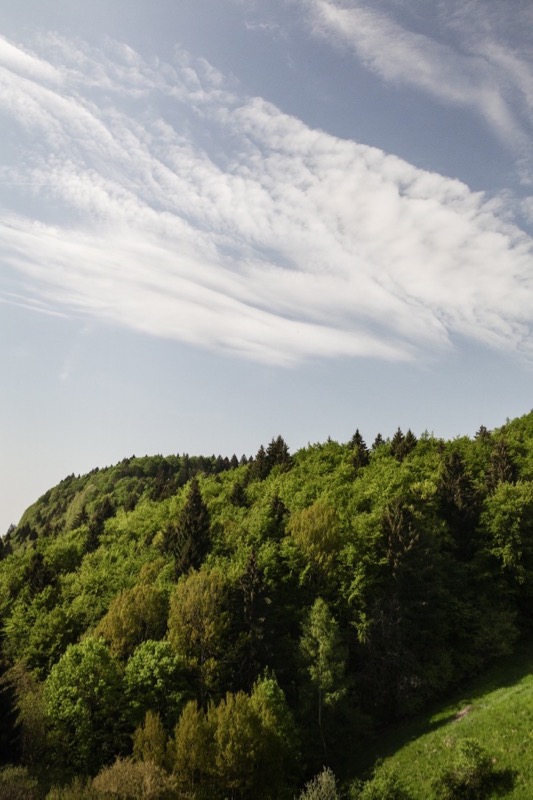Many people tell me I’m lucky to live in Verona because it’s close to everything: Lake Garda, the hills where the delicious Amarone and Recioto wines are produced, Venice, and the Trentino mountains. All true. But I tell them that to go for a good hike in the mountains you don’t even need to leave the region! Near Verona is Lessinia, a mountainous area with subtle landscapes. There are no towering peaks, but there are a variety of excursions for trekking fans, food lovers or those who want to discover the culture and history of this wonderful place.
Hiring a car, I head off to the east of the city, following directions for Bosco Chiesanuova and arriving at Erbezzo. From here I go to the old Malga Derocon hut, the nerve centre of the many activities in the Lessinia Regional Park where, between a moment of leisure and adventure, you can delve into topics such as respecting nature or learning to recognise the local flora and fauna with practical demonstrations (to book, call +39 045-8009686). Watch the deer and chamois, or stroll along the botanical path surrounding by greenery and quiet. If all that moving around has made you hungry, you can go down to the town of Erbezzo, the undisputed homeland of Monte Veronese cheese, which even has its own festival. Between one tasting and the next of cheese and the delicious Durello wine produced in the mountains, I’ll tell you about the Cimbri, the old inhabitants of this area.


